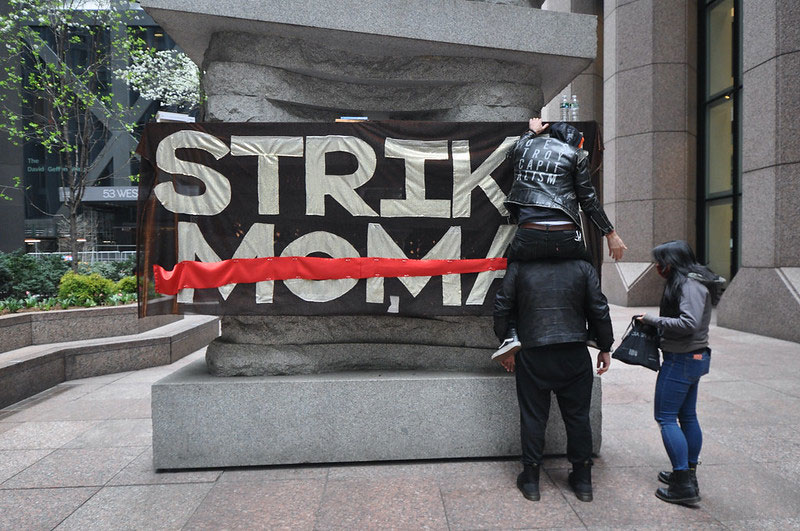| Subscribe via E-Mail | Subscribe via RSS | |
Submit a News Item |
![]() Nonprofits act like businesses to survive
Nonprofits act like businesses to survive
Nov 11, 2009; Buffalo Business First | Nonprofits are increasingly investing in for-profit social enterprises despite, or maybe because of, the economic downturn, according to a survey by Community Wealth Ventures Inc. and the Social Enterprise Alliance of Washington, D.C. More than half of the 848 social sector organizations surveyed already operate a social enterprise, while 60 percent indicated they plan to launch another in the next few years. One Buffalo, New York nonprofit, will start such a venture on January 1. The five-year contract calls for Hauptman-Woodward to manage IMCA’s Advanced Photon Source near Chicago, where X-rays used for X-ray crystallography are produced. Your nonprofit may not trade in X-ray crystallography, but recently you may have been tempted to sell the office furniture. Just make sure being business-like doesn’t prevent you from being mission-like.—Aaron Lester
![]() Goldman Gives
Goldman Gives
Nov 11, 2009; The New York Times | The New York Times reported Wednesday that the Goldman Sachs Foundation would increase its charitable giving to $200 million—nearly double the size of its main foundation. Given the firm’s anticipated profits and supersize bonuses, which have touched off public furor, it seems Goldman wants to give a little back. Even before the collapse on Wall St. however, there were calls to give more. John C. Whitehead, the former head of the foundation, said in May 2007 that he tried to increase giving to $1 billion. Since 1999, Goldman gave $319 million directly to nonprofits. That’s more than milk money to us, but consider: In the first nine months of this year, the firm set aside about $17 billion for bonuses and other compensation for its banker.—Aaron Lester
![]() Few Latinos in leadership positions at California nonprofits
Few Latinos in leadership positions at California nonprofits
Nov 12, 2009; San Jose Mercury News | The Urban Institute’s new report on minority leadership—or the lack of it—in California nonprofits should be a big wake-up call for the nonprofit sector and philanthropy. Why? Because it was in California that studies by the Greenlining Institute, aiming at getting foundations to report on their grants to people of color-led nonprofits, were resisted so strenuously by the foundation community and by parts of a compliant nonprofit sector. Particularly striking here in Urban’s report is the finding about the disproportional underrepresentation of Latinos in nonprofit leadership positions—in a state that has a significant Latino population (36 percent of the population but only 6 percent of foundation/nonprofit executive director positions and 9 percent of nonprofit board seats). Oddly, neither the Merc nor the Chronicle of Philanthropy reference the Greenlining study, the legislation that it spurred, and the foundations’ deal with the Senate to scuttle the bill (NPQ wrote about Greenlining and the foundations here and here and here and here and here. Nationally and in California, foundations sidestepped the issue of grantmaking to POC-led organizations in favor of puffy programs, conferences, and consulting gigs about “diversity.” The Urban study and the comments from local funders and nonprofits in the Mercury News piece reveals the shallowness of the diversity feint. The message for other states? California’s nonprofit sector is probably more racially diverse, particularly for Latinos, than other states. So, will foundations and nonprofits continue to nap in the bosom of well-paid diversity consultants and conferences, or will this be the moment to get real about racial equity in the nonprofit and foundation sectors?—Rick Cohen
Sign up for our free newsletters
Subscribe to NPQ's newsletters to have our top stories delivered directly to your inbox.
By signing up, you agree to our privacy policy and terms of use, and to receive messages from NPQ and our partners.
{source}
[[script language=”javascript” type=”text/javascript”
src=”http://feeds2.feedburner.com/nonprofitquarterly/dailydigest?format=sigpro”]]
[[/script]]
{/source}













